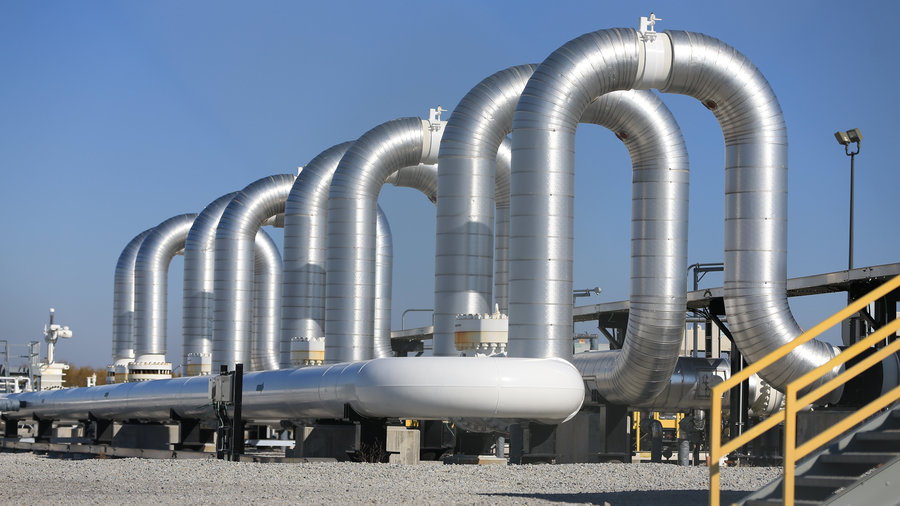When it comes to data processing, speed and efficiency are key. To meet the high demands of today’s data-driven world, you need a fast, reliable workflow that can handle large volumes of information quickly and effectively. That’s where pipeline design comes in. Managing data is no easy task, and to handle all the tools and processing, you might even need SCA tools.
The Need For Pipeline Design
Pipeline design is essential for managing data effectively. It allows you to process large volumes of information quickly and efficiently without sacrificing quality or accuracy. When done right, pipeline design can make all the difference in your data processing workflow.
There are a few things to keep in mind when designing a data processing pipeline:
- Performance: How fast does your pipeline need to be? What are your performance requirements?
- Flexibility: How flexible does your pipeline need to be? Are you expecting changes in the future?
- Reliability: How reliable does your pipeline need to be? Can you afford any downtime?
- Scalability: How scalable does your pipeline need to be? Do you anticipate growing pains down the road?
These factors are essential to consider when designing a data processing pipeline. Depending on your needs, you might need to sacrifice one for another. For example, if you need a short pipeline, you might have to sacrifice some flexibility. Or, if you need a scalable pipeline, you might have to sacrifice some reliability. It’s all about finding the right balance for your particular workflow.
Building A Data Processing Pipeline
Now that you know the basics of pipeline design, it’s time to start building your own. The first step is to choose the right tools for the job. There are various data processing tools available, so it’s essential to select the ones that will work best for your needs. Depending on your workflow, you might need ETL tools, data visualization tools, or even machine learning algorithms.
Once you’ve selected the right tools, it’s time to start putting them together. This is where things can get a bit tricky. You need to make sure that all of your components work together seamlessly and that there are no bottlenecks in your workflow. If one component is slow, it will drag down the entire pipeline.
To avoid this, it’s crucial to design your pipeline with performance in mind. This means carefully considering the order of your components and testing each one individually to ensure that it meets your performance requirements.
Designing For Performance
When it comes to data processing, performance is key. It would help if you had a workflow that could handle large volumes of information quickly and effectively.
There are a few things you can do to improve the performance of your data processing pipeline:
- Choose the right tools: Select data processing tools that are well-suited for your workflow.
- Carefully consider the order of your components: The order of your components can have a significant impact on performance. Make sure to test each component individually to ensure optimal performance.
- Monitor your pipeline as it grows: As you add new components to your pipeline, you might need to change existing ones to maintain optimal performance.
Handling Errors And Unexpected Situations
No matter how well you design your data processing pipeline, there’s always a chance for errors and unexpected situations. That’s why it’s essential to have a plan for handling them.
The first step is to identify the potential sources of error in your pipeline. This might include things like bad data, incorrect assumptions, or changes in your data structure. Once you’ve identified the potential sources of error, you can start to put together a plan for dealing with them.
This might involve adding extra components to your pipeline to validate data or incorporating feedback loops so that you can quickly correct any errors that do occur. It’s also essential to have a backup plan in place if something goes wrong with your primary workflow.
Tips And Tricks On Building A Fast And Efficient Pipeline In Development
Here are a few tips to keep in mind when building your data processing pipeline:
- Make sure to design your pipeline with performance in mind. This means considering things like batch size, data type, and compression techniques.
- Handling errors and unexpected situations are crucial for ensuring that your data processing workflow runs smoothly. Be sure to have a plan for dealing with these situations to avoid disruptions in your workflow.
- Use the right tools for the job. There is no one-size-fits-all solution for data processing pipelines, so be sure to select the tools best suited for your particular needs.
- Take advantage of parallelism whenever possible. This will help you maximize the performance of your data processing pipeline.
Read More: 5 Ways To Reduce Muscle Soreness
